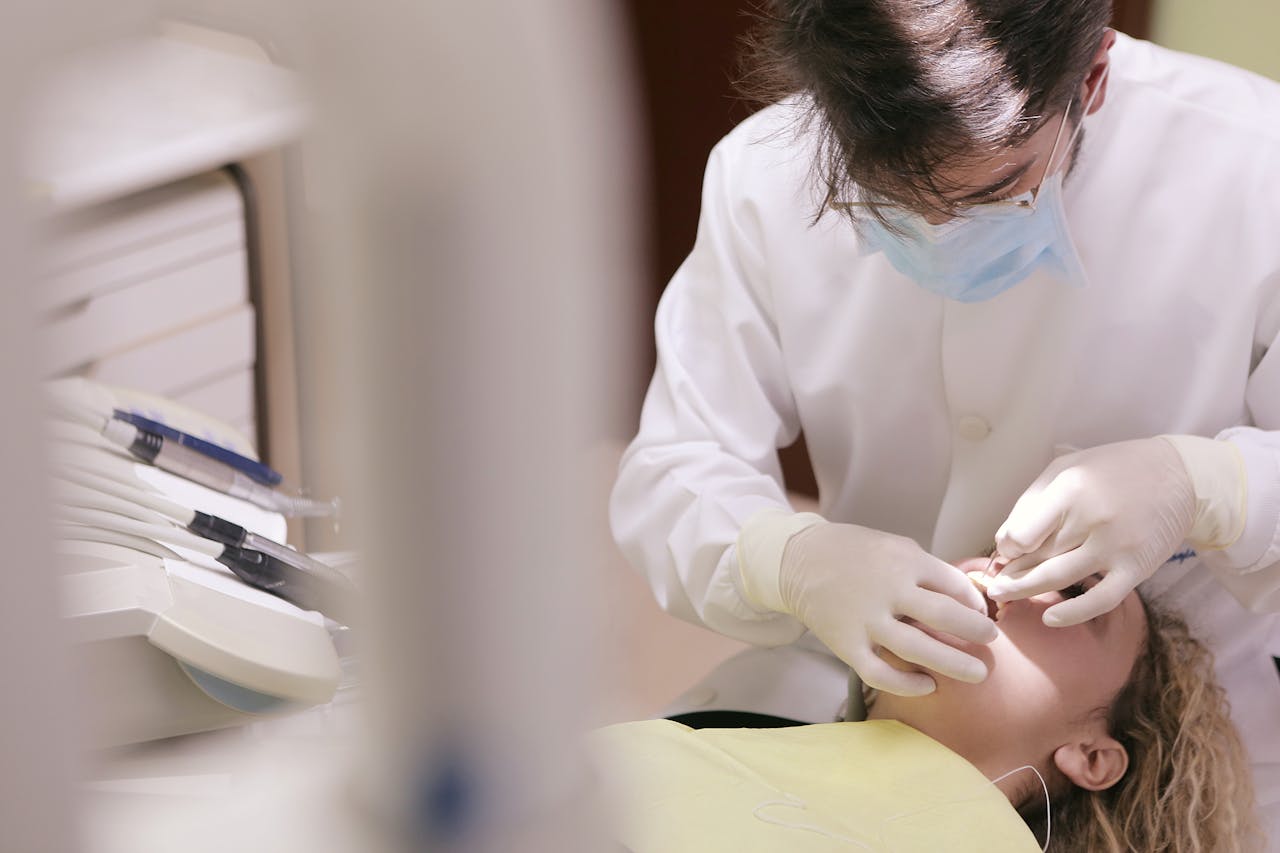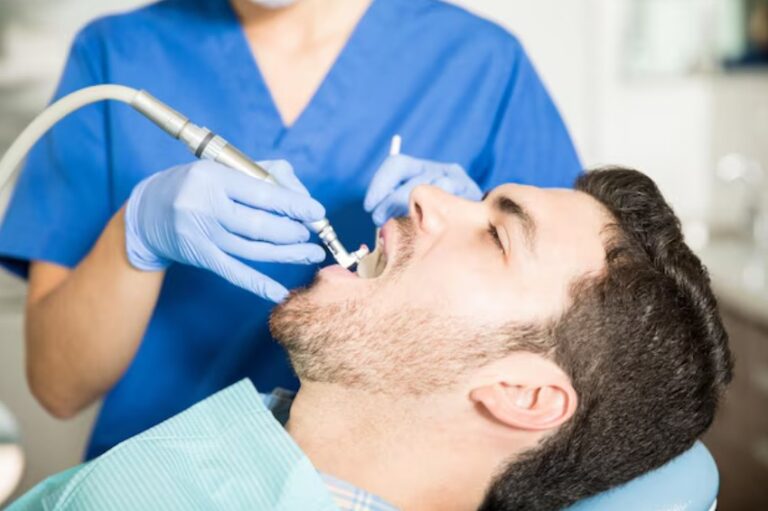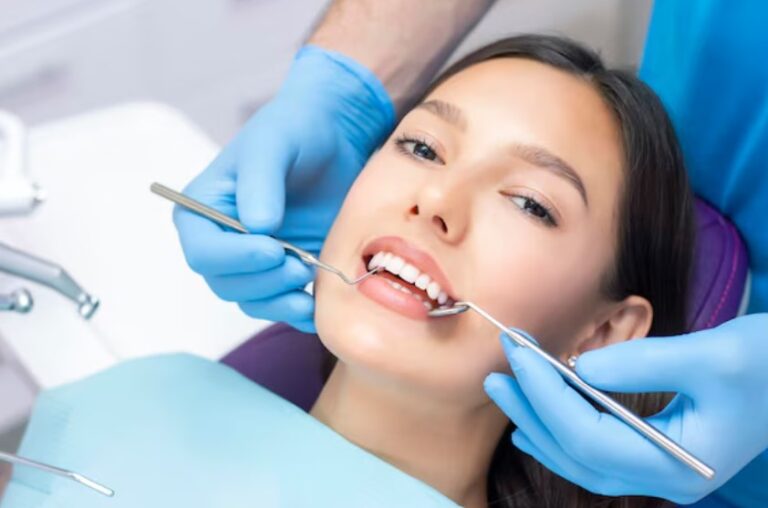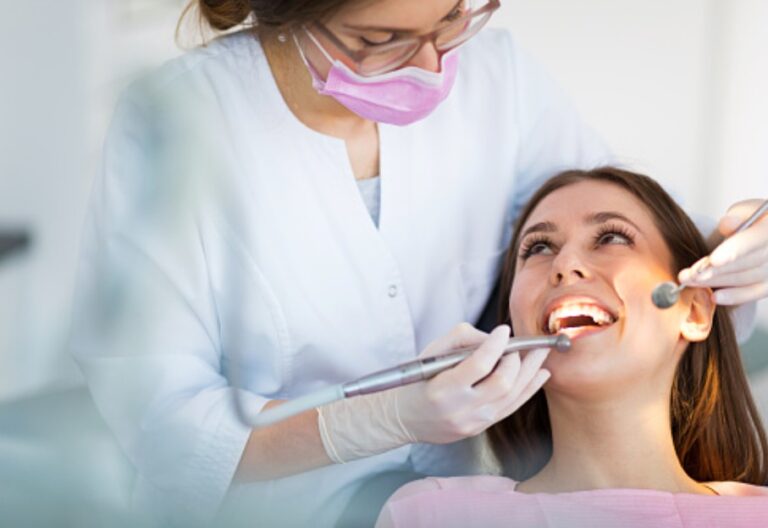
This guide emphasizes the importance of understanding dental health, particularly bite problems, in today’s society focused on achieving perfect smiles. It caters to dentistry students, orthodontic patients, and the general public, covering various bite issues, their causes, detection methods, and treatment options.
Understanding Bite Problems
When we talk about bite problems, we’re referring to how your upper and lower teeth align when your mouth is closed. This alignment, known as “occlusion,” plays a significant role in oral health. Proper occlusion ensures that your teeth, jaws, and facial muscles function harmoniously.
Bite problems aren’t just about aesthetics. They can lead to a host of issues, including difficulty chewing, speech problems, and even jaw pain. In severe cases, they can contribute to tooth decay and gum disease. This makes understanding and addressing bite problems vital for both dental professionals and patients.
Types of Bite Problems
There are several types of bite problems, each with unique characteristics. Let’s explore the most common ones and their impact on oral health.
Underbites
An underbite occurs when the lower teeth protrude past the upper teeth. This condition can lead to wear and tear on the teeth, jaw pain, and even temporomandibular joint (TMJ) disorders. It’s essential to address underbites early to prevent these complications.
Overbites
In contrast to an underbite, an overbite is when the upper teeth significantly overlap the lower teeth. This can lead to enamel wear, gum irritation, and, in some cases, speech difficulties. Adult orthodontic treatment can often correct overbites, preventing long-term damage.
Crossbites
Crossbites happen when some upper teeth sit inside the lower teeth when the mouth is closed. This misalignment can cause teeth to chip or wear unevenly. It can also affect jaw growth in children, making early intervention crucial.
Open Bites
An open bite occurs when the upper and lower teeth don’t meet when the mouth is closed. This can lead to difficulty in biting and chewing. It can also affect speech, causing a lisp. Addressing open bites often requires orthodontic intervention.
Causes and Risk Factors
Understanding why bite problems occur is essential for prevention and treatment. Several factors can contribute to these issues.
Genetics
Genetics play a significant role in dental alignment. If your parents had bite issues, there’s a higher chance you might too. Family history is a vital consideration when diagnosing and treating bite problems.
Habits
Certain habits can contribute to bite problems. Thumb sucking, prolonged use of pacifiers, and tongue thrusting in children can lead to misaligned teeth. Identifying and correcting these habits early can prevent future issues.
Injuries
Injuries to the jaw or face can alter the alignment of your teeth. An impact that damages or shifts the jaw can result in a bite problem. Prompt medical and dental intervention is crucial in such cases to restore alignment.
Detection and Diagnosis
Detecting bite problems early can make treatment easier and more effective. Here’s how dental professionals diagnose these issues.
X-rays
Dental X-rays provide a clear view of the teeth and jaw structure. They help identify misalignments that aren’t visible during a regular exam. X-rays are a vital tool in diagnosing bite problems accurately.
Dental Exams
Regular dental exams allow professionals to check for bite issues. Dentists will look at the alignment of your teeth and how they fit together. This hands-on approach is crucial for early detection.
Bite Analysis
A bite analysis involves examining how your teeth come together when you bite. This process can reveal misalignments and guide treatment decisions. It’s an essential step in diagnosing bite problems.
Treatment Options
Once a bite problem is diagnosed, various treatment options are available. The choice depends on the severity of the issue and individual needs.
Braces
Braces are a common solution for correcting bite problems. They apply consistent pressure to move teeth into proper alignment. Braces are effective for both children and adults.
Aligners
Clear aligners, like Invisalign, offer a less noticeable option for correcting bite issues. They work similarly to braces but are removable, making them a popular choice for adults.
Surgery
In severe cases, surgery may be necessary to correct jaw alignment, especially in adult orthodontic treatment. Orthognathic surgery can reposition the jaw, ensuring proper occlusion. This option is typically a last resort when other treatments aren’t viable.
Prevention and Maintenance
Preventing bite problems is always better than treating them. Here are some tips to maintain good oral health and prevent alignment issues.
Maintain Oral Hygiene
Good oral hygiene is crucial for preventing bite problems. Regular brushing and flossing keep teeth healthy and positioned correctly. It’s also essential for avoiding other dental issues.
Regular Dental Check-ups
Seeing your dentist regularly can catch bite problems early. Dentists can identify misalignments during routine exams and suggest appropriate treatments. Early detection is key to successful intervention.
Avoid Harmful Habits
Discourage habits like thumb sucking and tongue thrusting in children. These behaviors can lead to misaligned teeth and bite problems. Addressing them early can prevent future issues.
Also Read: How Your Oral Health Affects Your Overall Well-being?
Conclusion
Now that you know the types, causes, and treatment options for bite problems let’s recap key points. Bite problems can lead to various complications, making early detection and treatment essential. Understanding risk factors and prevention strategies is also crucial. Regular dental check-ups, good oral hygiene, and avoiding harmful habits are necessary for maintaining proper occlusion.








